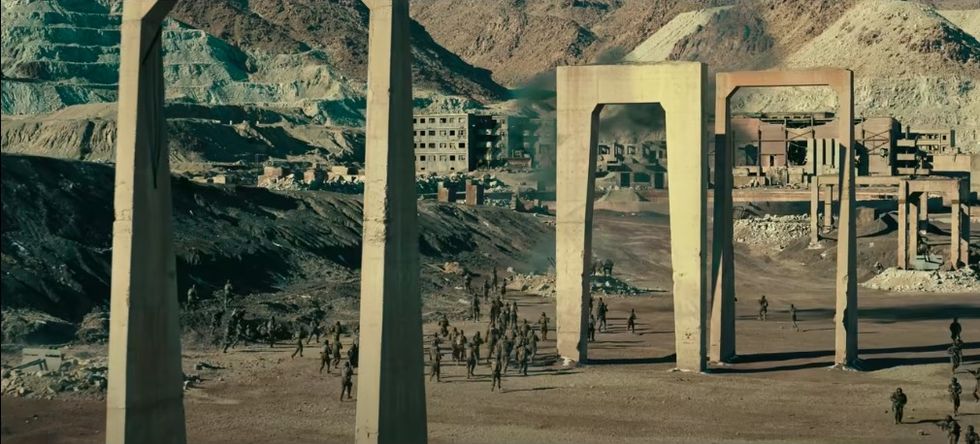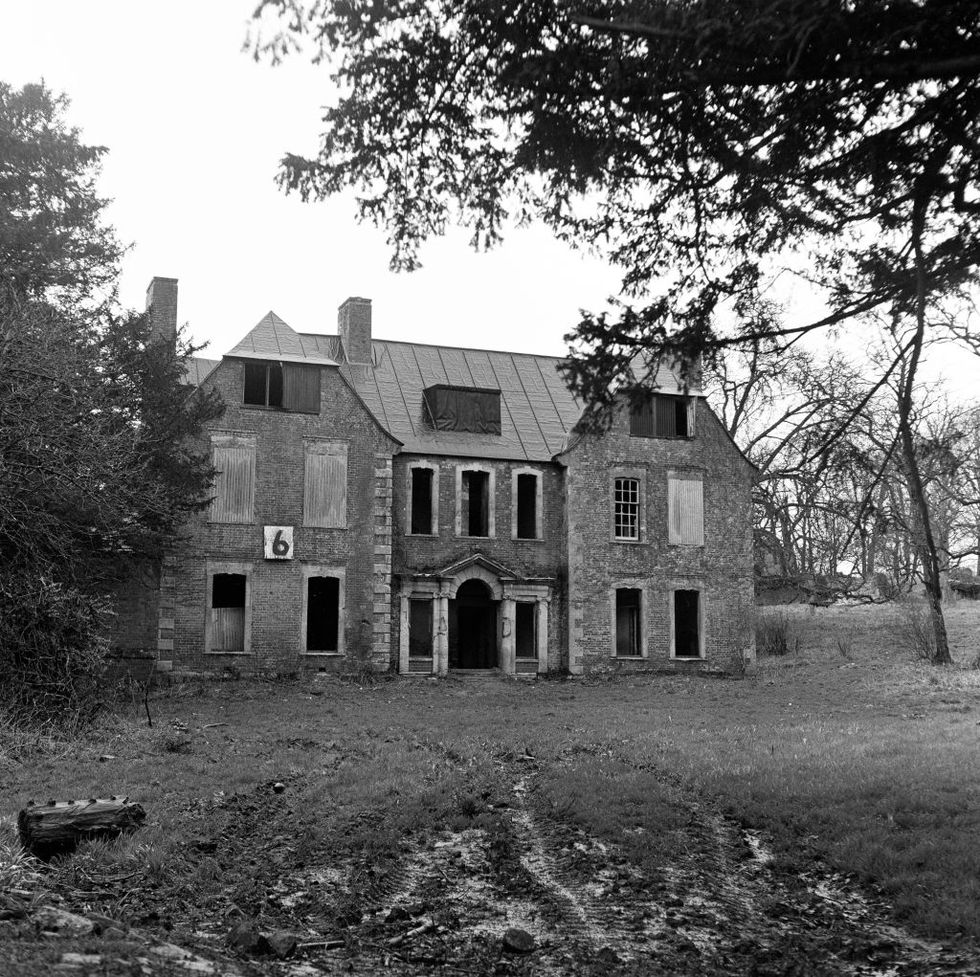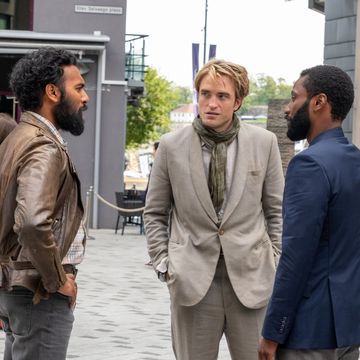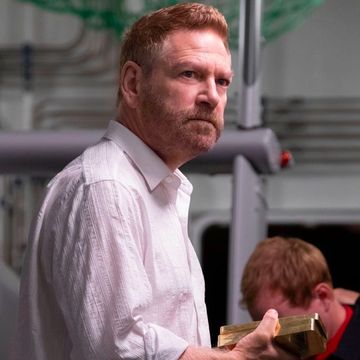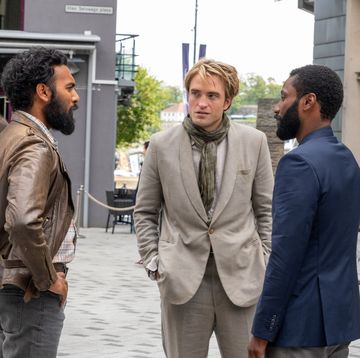This article contains spoiler for Tenet
Early on in Tenet, while we're still getting the basic plot straight and before time inversion has scrambled everyone's minds, there's a scene in which Sir Michael Caine (playing a besuited version of Sir Michael Caine, who is literally called Sir Michael), utters a phrase which appeals to our sci-fi imagination.
"I presume you're familiar with the Soviet-era closed cities?"
It turns out that the Protagonist (John David Washington) is indeed familiar, so Sir Michael Crosby (Sir Michael!) offers no glossing and instead just tells him that villain Andrei Sator grew up in a closed city in the Soviet Union from where, despite it being unoccupied for decades, a huge explosion had just been detected.
This spot, which is obscured from maps, once housed a plutonium plant. It is also where a teenage Sator discovered a case of nuclear material, with his name on, while digging through rubble for fissile material. Sator's mission, sent to him from the future, is is to recover the hidden pieces of the algorithm and drop them into the "dead drop" of his nuked home town, to trigger a reaction that will reverse the flow of time and destroy the planet.
By the time the film ends, we are left to believe that closed cities are as much a figment of Christopher Nolan's imagination as a temporal war against the future. However, just like the fact that time inversion finds its basis in real physics, closed cities are a very real part of history, a fascinating relic of the Cold War with parallels today.
First established in Russian in the wake of the second world war, as the Soviet nuclear programme was gearing up, closed cities are settlements where travel is restricted and which often require authorisation for visitors to enter or remain in overnight. These areas often used to be sensitive military establishments, or secret research installations, which required more space or freedom than a conventional military base. The residents of these areas can include family members of those working on secret projects, or trusted associates who might not be directly involved with the purpose of the closed city, as well as the – think shopkeepers, cooks and cleaners – needed to keep a population ticking over.
These settlements didn't appear on official maps and were generally named after the closest official city, which led to them being referred to by the euphemistic term 'post boxes' because correspondence to these areas was directed to mail boxes in other cities. Closed cities fell into two categories, the first being small communities with sensitive military, industrial, or scientific facilities, such as arms plants or nuclear research sites. These include areas such as Ozyorsk, codenamed city 40, in the Chelyabinsk area of Russia, which is home to a former plutonium production plant (but not, we think, a portal to the future). As the birthplace of the Soviet nuclear weapons programme, Ozyorsk eventually grew to a population of 100,000, including scientists, plant operatives and the prisoners who built it, none of whom officially had a home. Today, after a string of nuclear accidents, it is one of the most contaminated places on earth.
The other category are border cities, or areas which were closed for for security purposes. These are similar to parts of the Eastern Bloc during the Cold War, where a large part of the inner German border and border between West Germany and Czechoslovakia was placed under tight restrictions.
After the collapse of the Soviet Union many closed cities came to light. However, there are still 44 publicly acknowledged closed cities in Russia, with a total population of about 1.5 million people, and another 15 or so closed cities are believed to exist, with their names and locations not made public by the Russian government. While the number of closed cities has significantly reduced since the Nineties, in 2001, foreign travel was restricted in the northern cities of Norilsk, Talnakh, Kayerkan, Dudinka and Igarka, without any exceptions.
Beyond the Soviet Union there are closed cities across the world, including China's 'nuclear town' which surrounds the largest nuclear plant in the country, and is located in western part of Gansu province in the Gobi desert. Until the Eighties the whole town was closed to outsider and, following a nuclear leak, most residents were moved to a nearby city in 2007.
In the United Kingdom the uninhabited village of Imber, England was closed in 1943 in order for the British Army to use it as a training ground for urban warfare. The space gave an exercise area for American troops preparing for the invasion of Europe during the Second World War. Though most buildings have been demolished the village church has been kept intact and the village is occasionally opened to the public.
In the United States there are closed cities in Washington, New Mexico and Tennessee which were set up during the Manhattan Project as the country produced their first nuclear weapons during World War II.
Although these secret cities are often functional spaces where the government needs them, the idea of a place a with a codename which evades being plotted on a map is exactly the sort of sci-fi spot would inspired Christopher Nolan to stage the climax of his espionage story.
Like this article? Sign up to our newsletter to get more articles like this delivered straight to your inbox
Need some positivity right now? Subscribe to Esquire now for a hit of style, fitness, culture and advice from the experts


